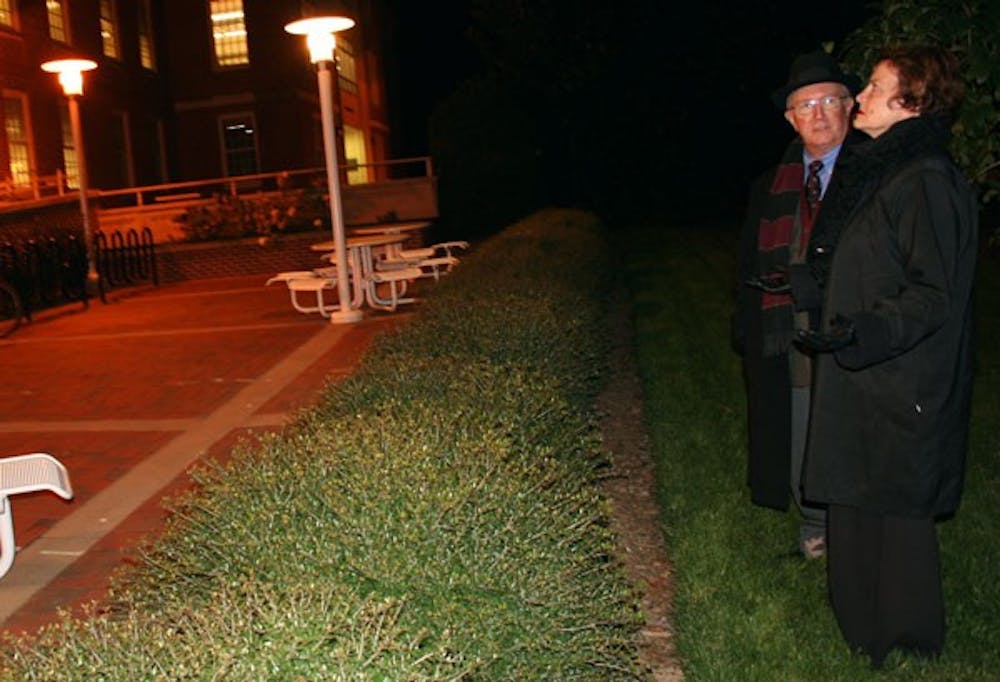UNC students will soon see evenings on campus in a whole new light — LED light, that is.
University administrators plan to replace old incandescent lights with energy-efficient LED bulbs, or light-emitting diodes, which will decrease campus energy use and promote sustainability, campus officials said.
But the installation of new bulbs might not go over well with some groups, who say the new lights would not be as bright and could decrease overall lighting.
Instead of using a filament like a traditional incandescent light bulb, LED lights use many quarter-inch semiconductors with a phosphor coating.
These lights are often used on stoplights and exit signs. The lights are noticeable because they emit a brighter glow.
“The ‘Holy Grail’ in lighting is to be able to produce a white light that produces good ambient lighting and task lighting,” said Cindy Shea director of the Sustainability Office.
“In the past, LED lights were mainly used for cell phones and backlights, but as the color rendition has improved, they are used more as a replacement for incandescent lighting,” Shea said.
Shea said the Sustainability Office sees LED lights as the next generation of lighting, referring to them as “environmentally superior” because they don’t contain mercury.
UNC has already installed LED lights at locations off the main campus.
John Laetz, UNC’s electrical distribution systems manager, said his office is working to evaluate the LED lights. He said roadways, walkways and parking lots on campus will see these lights installed in the near future.
The walkway path between Carmichael and Fetzer gyms has been chosen as the first potential site for the new lights, Laetz said.
While they are more energy-efficient, LED lights come with a hefty price tag.
“The initial capital investment cost is significantly higher than for other types of lights,” Laetz said, adding that LED lights could cost nearly twice as much as the lights currently used on campus.
But the energy efficiency provided by the new lights could counteract their price. Since the lights would not produce as much heat, UNC could save money on cooling and maintenance.
Cost efficiency for LED fixtures has also improved as manufacturers begin to make fixtures more available.
Professor David McNelis, director of the UNC Institute for the Environment, said the LED lights will become cheaper, and performance of the lights should increase considerably in the future.
Student leaders said administrators are going to want feedback once the new lights are installed. A tour of campus last week after dark allowed the community to comment on the current lighting situation.
“I want to make sure students get a look at the test sites, and it’s a decision we should all make together,” said Ashley Klein, co-chairwoman of student government’s safety committee.
“The student voice is the most important.”
Klein said she hopes LED lights can be more easily maintained because they contain multiple bulbs, meaning a single burnout would not be as problematic.
Contact the University Editor at udesk@unc.edu.
UNC considers switching to LED lighting
New lights would reduce energy use

Ray DuBose and Dianne Bachman discuss plaza lighting. DTH/Laura Melosh


